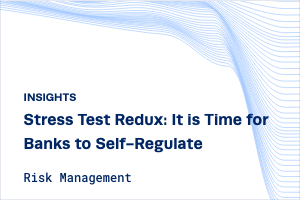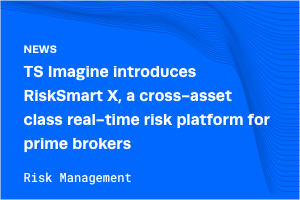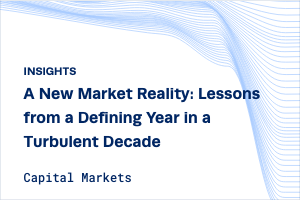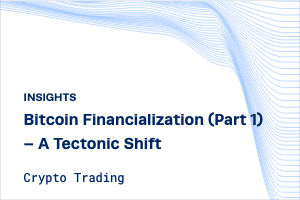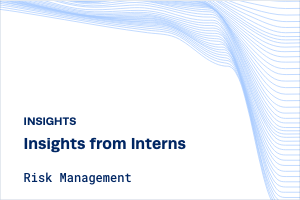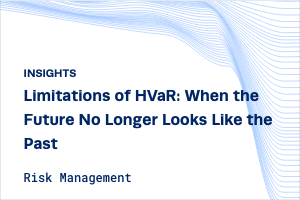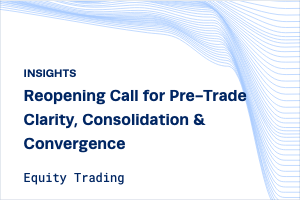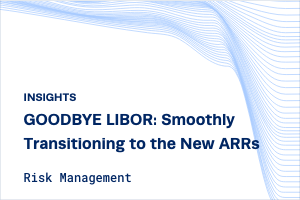The events of March 2023 have drawn attention to the way financial institutions approach riskmanagement. The collapses of Silicon Valley Bank, Signature Bank and Silvergate Bank are just the latest in a series of monumental events that have defined the 2020s. We are living in historical times, making the role of the risk manager more important and more difficult each day. Thankfully, technology now plays a central role in risk management, and it is possible to pair various tools together to glean a comprehensive view of your exposures and those of your clients.
TS Imagine has been providing risk management tools to financial institutions for 30 years. We would like to draw attention to the importance of pairing HVaR and Stress Testing during very turbulent times.
While HVaR – Historical Value at risk – plays a central role in risk management, it has certain deficiencies that can be addressed with the pairing of stress testing. The same holds true in reverse – stress testing is obviously dependent upon what stresses have been chosen, and HVaR may pick up situations that have arisen in the past and overlooked. Together, HVaR and stress testing increase the rigor of your riskmanagement.
HVaR is entirely dependent upon historical data, in that it simulates the portfolio’s daily returns using historical data. It cycles through a window of dates set by the user – e.g., three years, or five years – and replays each day from that window of time on your daily positions. One can think of it as a collection of “mini organic stress tests” because they are tests naturally provided by history. The HVaR approach then singles out the more extreme negative P&Ls from this collection.
Conversely, stress testing goes immediately to the heart of the matter and seeks to simulate the extreme P&Ls from first principles, often informed by the dates that have been singled out by HVaR. Stress tests can also anticipate new potential scenarios that have entered the realm of possibility as history has unfolded.
While RiskSmart users could apply any number and combination of historical scenarios from the past 30 years, what is likely most relevant in 2023 are recent history making events such as Covid-19, the war in Ukraine, high inflation and the dramatic increase in interest rates, FTX, the recent banking crisis, political divisiveness and other markers of the turbulent times in which we live.
Most of the recent historical events are ongoing and have uncertain outcomes that are not reflected in the historical data that contributes to HVaR. However, stress testing is a tool that the risk manager can add for a more comprehensive view of their exposure and that of their clients. The accompanying video will illustrate how this is achieved via our stess testing module within our RiskSmart product.
As you view the following video, please keep in mind the importance of the following three factors to when implementing stress tests: (1) comprehensive collection of risk factors, (2) flexible scenario creation, (3) quick implementation leads to clear thinking amid market chaos.
Comprehensive Collection of Risk Factors
Risk managers must be able to shock all pertinent risk factors, either independently or with an introduced dependency. As our stress testing is built upon the same risk engine that has powered RiskSmart for 30 years, all the relevant factors are available within our system.
Flexible Scenario Creation
This point refers to the ability to shock the factors either independently or jointly. For example, a command to RiskSmart could be: “shock the S&P down 20%, and each US stock using their beta on the S&P, while steepening the UST yield curve in some specified manner.”
Quick Implementation Leads to Clear Thinking Amid Market Chaos
Markets move quickly and risk managers are often required to implement and run stress tests in a matter of days, if not hours. When a new situation arises in the market, the risk manager needs to be able to adapt quickly, because there may be a need to implement suitable hedges for the new market environment during the trading day. As you can see from the video, RiskSmart users are able to do this in under two minutes.

